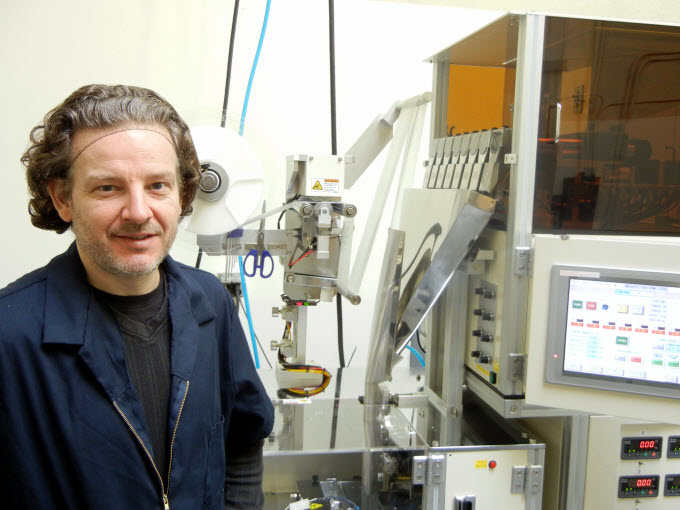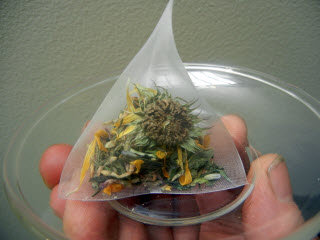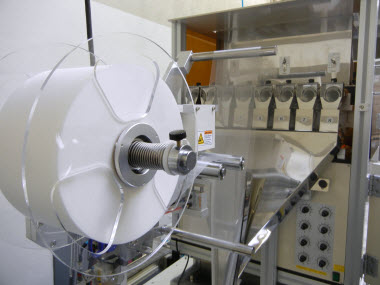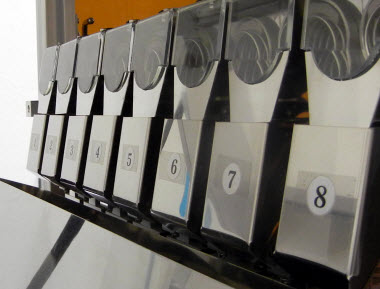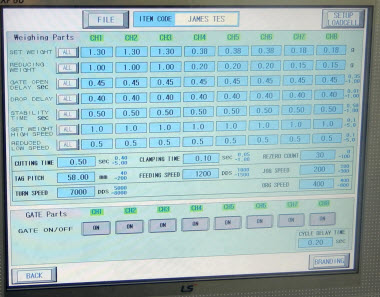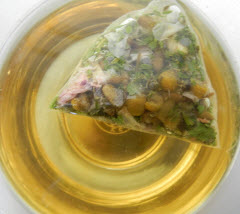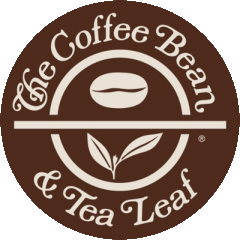—
PHILADELPHIA, Penn. — Tea Magazine® a 20-year-old consumer publication for tea enthusiasts is replacing its bi-monthly print edition with a combined print +online content package for its readers, including a new book-style softcover guide to tea published annually.
In mid-April ITEM Media will launch The Daily Tea (www.thedailytea.com) a subscription-based tea portal replacing www.teamag.com. Visitors to the site will see a mix of free and paid content, along with new articles each month, and some previously published in Tea Magazine. Subscribers have their choice of several different newsletters — for example, newsletters targeted to those interested in cooking with tea; Yoga and tea; tea travel and terroir.

Subscribers will get at least three new feature articles a month, “…the articles will be accompanied by video, behind-the-scenes interviews and picture galleries, which is a lot more than we could do in print,” said Chief Media Officer Graham Kilshaw.
Since acquiring the magazine in January 2012, “we have built the audience from just a couple of thousand to more than 30,000. Most of this growth has come from our digital platforms, and very little has come from our print media,” said Kilshaw.
“We now see an opportunity to grow our audience significantly beyond its current 30,000 people – digitally. Consequently we are going to make several changes starting in May 2014,” he said.
The 150-page book-style magazine, often referred to as a “bookazine” will have longer in-depth feature articles on science, geography and history and “great photography,” said Kilshaw. There will also be a catalog of tea products, said Kilshaw. The publication will be mailed to all subscribers and sold nationally in bookstores and by grocers including Whole Foods Market.
Annual subscriptions are $24.99 and include the new $9.99 “Tea Magazine 2015 Tea Guide” mailed annually in September.
Kilshaw was upbeat about the new direction which he described as “evolving from predominately print with a little bit of digital to becoming predominately digital with a little bit of print.”
“This is all about aligning our goals and strategy with our resources. Producing the print magazine required us to spend 80 percent of our resources on 20 percent of the content. During the past 24 months print subscriptions increased by a couple of thousand while our digital audience has grown by five times,” he said.
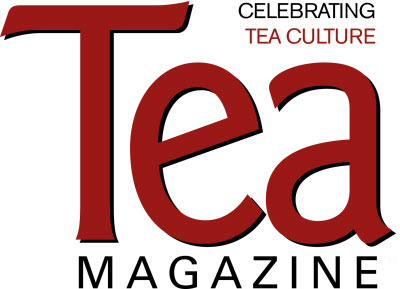 “The change in the mix of media is driven by our readers,” said Kilshaw. “Print generally-speaking attracts an older demographic and we want to reach a broad audience. Younger tea drinkers are forming their tea habits now, experimenting widely and trying out lots of different teas. They represent the future customers of our media clients,” he said, adding , “We want to build a very large audience for the tea community.”
“The change in the mix of media is driven by our readers,” said Kilshaw. “Print generally-speaking attracts an older demographic and we want to reach a broad audience. Younger tea drinkers are forming their tea habits now, experimenting widely and trying out lots of different teas. They represent the future customers of our media clients,” he said, adding , “We want to build a very large audience for the tea community.”
The company expects to soon announce a new content manager to replace Kate Sullivan who left in December.
Learn more: www.thedailytea.com

